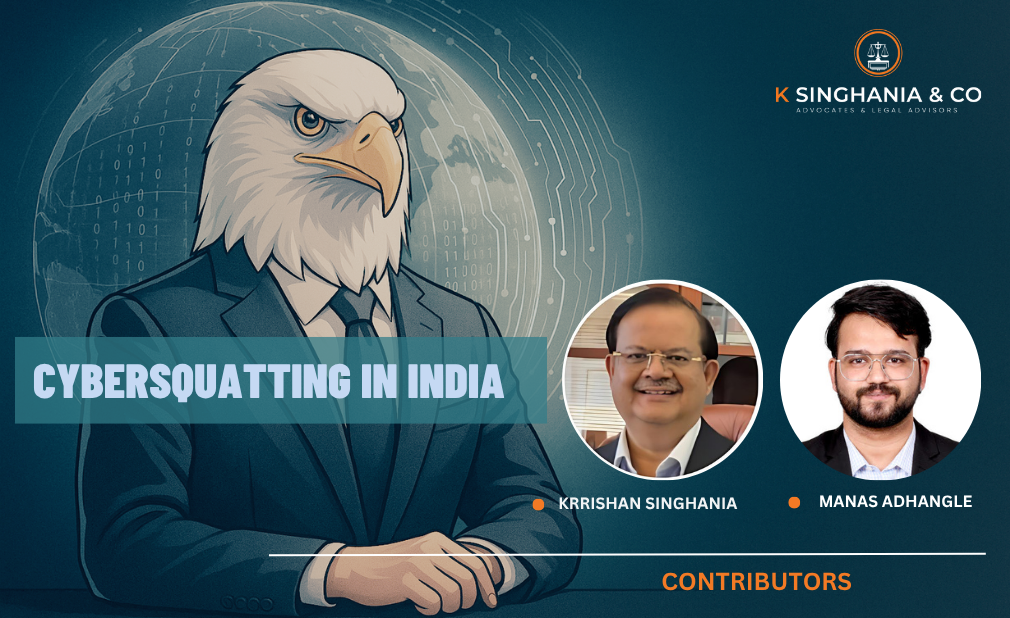When Reliance’s JioCinema and Disney+ Hotstar announced a major streaming merger under the new brand “JioHotstar,” they encountered an unexpected digital hurdle: the domain name jiohotstar.com had already been secured by an unaffiliated third party. Though resolved through legal negotiations, the incident caused delays and underscored a growing reality — even the most well-resourced companies are vulnerable to domain-related threats.
In a digital ecosystem where domains serve as both brand touchpoints and trust anchors, the malicious practice of cybersquatting — registering, trafficking, or using domain names in bad faith — poses serious risks. As these tactics grow more sophisticated, legal professionals and brand custodians must evolve their strategies to safeguard digital assets.
Case Study: The JioHotstar Incident
The attempted launch of JioHotstar offers a cautionary tale. Despite the companies’ vast legal and technical resources, the pre-emptive registration of jiohotstar.com disrupted launch timelines and created unnecessary legal complexities. Such incidents are increasingly common — and not limited to new ventures. Legacy brands too often discover that expired domains or overlooked variants have been opportunistically claimed by cybersquatters.
The takeaway is clear: domain protection must be proactive, not reactive.
Nature and Methods of Cybersquatting
Cybersquatters today use a variety of tactics to exploit brand names and mislead consumers:
- Typosquatting
Registering domains with intentional misspellings of popular websites, e.g., Aamzon.com or Netfliix.com. Such sites often serve malicious purposes including phishing, malware distribution, or ad fraud. - Email Impersonation via Lookalike Domains
Fraudsters create deceptive email domains (e.g., acmecorps.com instead of acmecorp.com) to impersonate company executives and perpetrate Business Email Compromise (BEC) scams, often resulting in major financial losses and reputational damage. - Monetization through Pay-Per-Click (PPC) Ads
Some cybersquatters generate revenue by filling lookalike websites with PPC ads, profiting from accidental user visits while simultaneously undermining brand trust. - Legal Framework in India
India currently lacks a dedicated anti-cybersquatting statute. Most domain disputes are addressed under the Trade Marks Act, 1999 through claims of infringement and passing off.
Satyam Infoway Ltd. v. Sifynet Solutions Pvt. Ltd.
In this landmark judgment, the Supreme Court recognised the commercial importance of domain names and extended trademark protection principles into cyberspace — a critical precedent in Indian cyber jurisprudence.
INDRP (IN Dispute Resolution Policy)
The INDRP provides a streamlined arbitration mechanism for .IN domains. It aligns with international norms and incorporates elements of the Information Technology Act, 2000, offering a relatively efficient route for brand owners to recover disputed domains.
International Legal Mechanisms
- UDRP (Uniform Domain Name Dispute Resolution Policy)
Administered by WIPO and others, the UDRP facilitates global resolution of domain disputes linked to trademark violations. It has evolved to enhance procedural fairness, registrar obligations, and stakeholder education. - ACPA (Anti-Cybersquatting Consumer Protection Act – USA)
Enacted in 1999, the ACPA provides explicit remedies against bad-faith domain registrations in the United States. However, jurisdictional complexities can limit its reach in cross-border disputes.
Best Practices for Legal and Corporate Stakeholders
In today’s fast-evolving threat landscape, organisations must take proactive steps to secure their digital real estate:
- Early and Broad Registration: Secure primary domains along with common variants and alternate TLDs (.com, .in, .net, etc.).
- Trademark Reinforcement: Register key domains as trademarks where possible to strengthen legal positions.
- Domain Monitoring: Leverage digital tools for real-time tracking of suspicious domain registrations.
- Technical Safeguards: Implement registry locks and two-factor authentication for domain management.
- Legal Readiness: Maintain ongoing advisory relationships with IP and cyber law specialists to respond quickly to emerging threats.
- Employee Training and Public Communication: Train internal teams to recognise domain-based threats and clearly communicate official domain information to customers and partners.
- Future Considerations
As cybersquatters increasingly harness AI-driven domain acquisition tactics, traditional manual monitoring alone will no longer suffice. The global legal community is advocating for more harmonised anti-cybersquatting model laws. In parallel, ICANN’s review of the UDRP signals progressive enhancements in international dispute resolution mechanisms.
In this dynamic landscape, staying informed and adaptive is key to effective domain strategy.
Domain names are no longer peripheral digital assets — they lie at the heart of brand identity and consumer trust. With cybersquatting threats on the rise and legal frameworks continually evolving, a proactive, legally sound, and technically fortified approach is essential.
Leading brands and legal teams are already evolving their domain strategies to stay ahead of emerging risks. A single lapse can result in lost revenue, legal battles, and lasting damage to consumer trust. Staying informed and adaptive is not just wise — it is now business critical.
Checklist: Is Your Brand Protected?
- Have we secured primary and variant domain names across key TLDs?
- Are we actively monitoring for suspicious domain registrations?
- Do we have strong technical controls (registry locks, two-factor authentication)?
- Are our trademarks aligned with our domain portfolio?
- Are internal teams aware of domain-related risks and protocols?
- Do we have legal counsel ready to assist with domain disputes?
“Forward-looking legal teams and brand owners are already evolving their domain strategies to stay ahead of these risks.”





